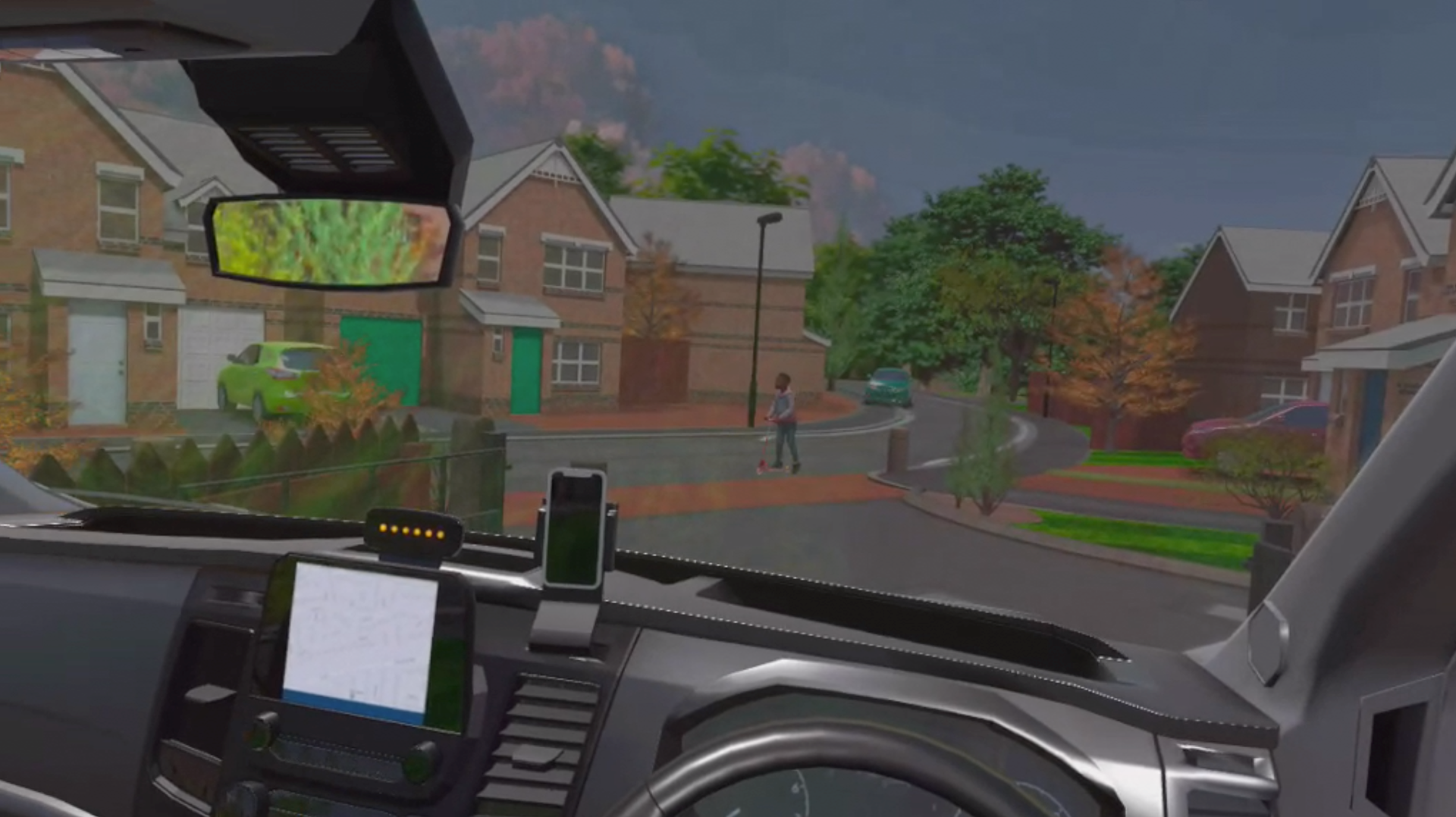CLIENT
NORTHERN POWERGRID
PARTNERS
DRAW & CODE
INDUSTRY
ENERGY
Preventable Vehicle Accidents VR Training
Preventing Vehicle Accidents with VR Training
Northern Powergrid recognised the need to explore extended reality (XR) for their training programmes, having been inspired by VR experienced at industry conferences. Early in their XR adoption journey, this project was driven by a desire to implement a pilot program that leveraged VR to address real business challenges. Juice was brought in with a mandate to help NPG start their journey into XR. Through strategic discussions, Juice and NPG identified a key pain point: the increasing costs associated with preventable vehicle accidents (PVAs).
IMPACT SO FAR
100%
of drivers who participated in the training did not have a preventable vehicle accident in the 12 months of monitoring following the experience
"I'm excited about this because we're bringing something new to the business. In time it will become a big part of how we train people."
Martin Murphy - Training & Standards Manager, Northern Powergrid
High Costs of Preventable Vehicle Accidents
Preventable vehicle accidents were becoming a significant financial burden for NPG. These accidents typically occurred during low-speed manoeuvres, such as backing into gates or posts, leading to vehicle damage, off-road time, and soaring insurance premiums. The challenge was to find a way to reduce these incidents and their associated costs by enhancing driver awareness and adherence to safety protocols.
NPG’s traditional driver training included a “circle of inspection” technique, where drivers were required to conduct a 360-degree check around their vehicle before moving. However, the rising number of PVAs indicated that the current training approach needed improvement.
Developing a VR Pilot Focused on Circle of Inspection
After scoping potential use cases for XR, Juice and NPG decided that virtual reality (VR) would be the best platform to pilot a solution. The project focused on enhancing driver training through a VR experience that would reinforce the importance of the circle of inspection and improve situational awareness.
Juice worked closely with NPG’s training team to storyboard a VR pilot that introduced various real-world risks a driver might encounter. These risks included common hazards such as a wayward football under a van or an unlatched gate swinging dangerously close to the vehicle. The goal was to create a scenario that mirrored real-world conditions where drivers could practice their circle of inspection and be assessed on their performance.

A Data-Driven VR Training Program
The VR module was developed with Juice’s technical partner, Draw & Code. Unlike typical guided training experiences, this module was designed as an assessment tool to gauge driver competency in performing the circle of inspection. Drivers were tasked with identifying and addressing potential hazards without direct guidance, allowing trainers to measure their situational awareness and decision-making skills.
The pilot was facilitated over two days, involving approximately 40 drivers from NPG’s fleet. Each participant completed three VR sessions to ensure fair assessment, particularly as many were using VR for the first time. Performance data from these sessions was recorded using Immerse Interactive’s platform, although it was limited to binary metrics (whether tasks were completed or not). To enhance the analysis, Juice developed a custom scoring system using Excel macros, which provided a more nuanced evaluation of driver performance.
Measurable Results and Positive Feedback
Anecdotal evidence from driver interviews showed overwhelming support for the use of VR in training. Even older, more sceptical drivers acknowledged the value of the technology, while younger participants—particularly apprentices—embraced the innovative approach, seeing it as aligned with the technology they were already familiar with, like gaming.
While NPG is still monitoring long-term results, initial data from the pilot suggests that none of the 40 drivers who participated in the VR training had a preventable vehicle accident in the 12 months following the pilot. This outcome highlights the potential of VR to effectively reduce PVAs and create a safer, more aware workforce.
The Future of XR in NPG’s Training
The Preventable Vehicle Accidents VR Training Pilot laid the groundwork for NPG to further explore XR as a viable solution for training challenges. By focusing on a clear business pain point and implementing VR in a strategic, data-driven way, NPG successfully introduced a modern, engaging training tool that has the potential to transform driver safety.
The success of this pilot demonstrates how XR technology, when applied to targeted business challenges, can deliver measurable impact. NPG’s journey into XR has only just begun, but this project serves as a powerful example of how innovation can solve real-world problems.